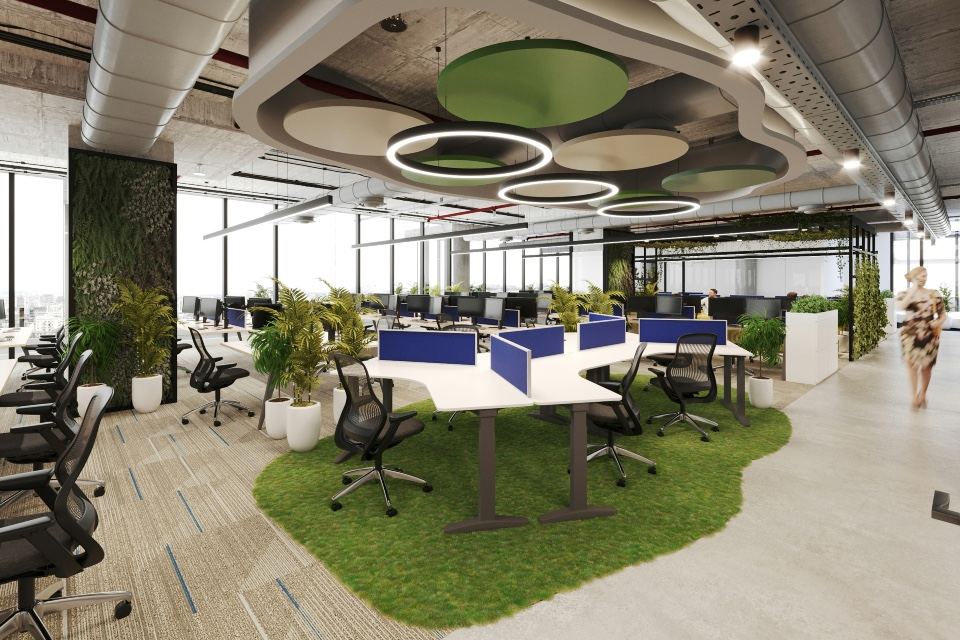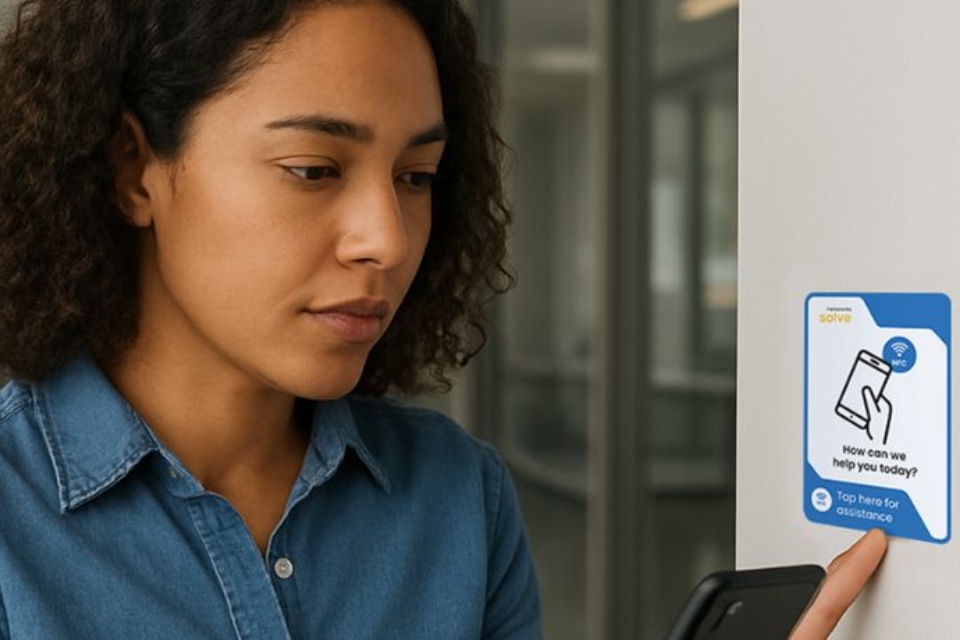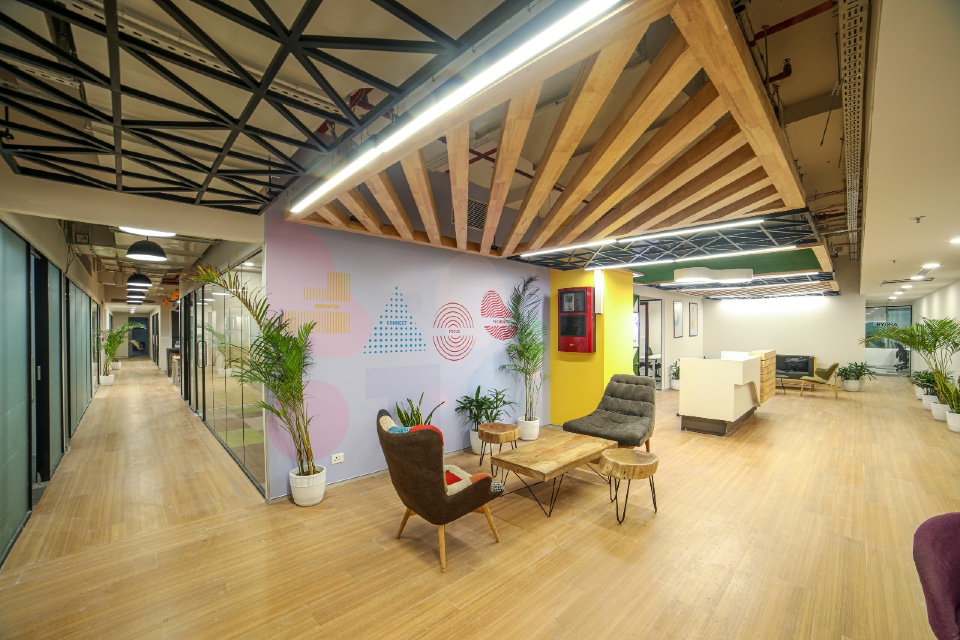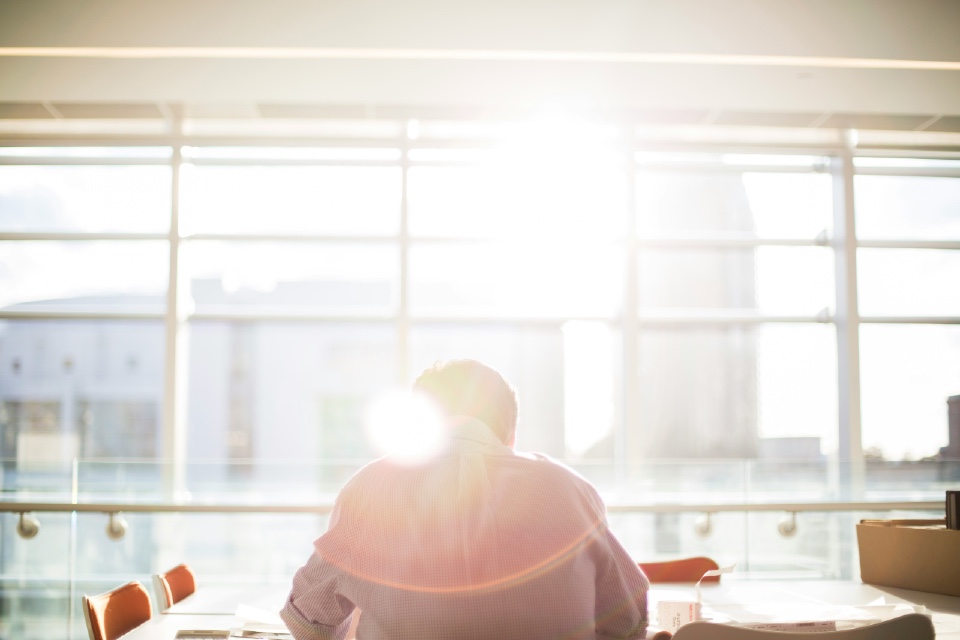How much could your office design be affecting its occupants? The answer is: a lot. Whether it’s dull, inefficient lighting that’s causing your employees to strain their eyes or a lack of access to nature that’s impacting your teams’ moods, your office design plays an underrated part in keeping your team happy, productive and engaged.
But how exactly can you make the most of the space you have? We spoke to four industry experts to get five top office design tips, spanning colour schemes, layout and a guide to integrate organic elements – so you can transform your office today.
1. Invest in mood-boosting colour schemes and designs
“Boring, tired colour schemes aren’t likely to inspire your staff to deliver great results – and while colour scheme might seem like an afterthought, it’s actually fundamental to the mood and productivity of your workforce,” says Joanne Gualda, Group Marketing Director at commercial painting and decorating specialists, Bagnalls.
“Over the years, there’ve been plenty of systematic reviews that have proven just how crucial colour is to supporting your employees’ positive moods. Tactical application of colour theory is vital to make a space more enjoyable to be in – and to drive productivity.
“We’ve worked on many office refurbishments that use cooler hues, like blues and greens, as these are proven to promote focus in the brain. Similarly, oranges and yellows are associated with boosting creativity, which can be helpful in companies like creative agencies or tech startups.”
2. Don’t overlook the lighting
“Office lighting is another oft-overlooked factor that can affect employee health, wellbeing and productivity,” says Carl Johnson, UK Sales Director at specialist LED finance company Anglo Scottish. “In lots of instances, we find that legacy lighting systems are dated and inadequate, leading to common problems like eye strain, headaches and more.
“Modern lighting systems are proven to have a number of health benefits, with today’s LED systems designed to mimic natural daylight, eliminate flickering and support natural circadian rhythms. They don’t emit UV radiation either, for a more generally healthy workplace,” he continues.
“Just because offices aren’t subject to the same rigid lighting standards as more-specialised sectors, like manufacturing, doesn’t mean that lighting isn’t vital to the wellbeing of its occupants.”
3. Bring nature into work – and invest in the outdoors
“If you’re not familiar with biophilic design, this refers to an interior and exterior design movement that integrates natural elements into built environments. This is great for the workplace,” says Gary Farrell, founder of luxury outdoor furniture company Nth Degree, “because people are more productive when they’re in nature.”
One study from 2024 found that a biophilic approach can boost productivity by 6% and creativity by 15%. Similar results were recorded by a Cardiff University study, which found that office greenery can boost productivity by 15% over three months, when compared to an office with no greenery.
“The best office environments don’t just invest in the areas where work is actually being done,” Farrell continues. “Creating break spaces, balconies or patio areas where employees can actually relax during breaks and lunchtimes means that your team can access the benefits that come with time spent outdoors, such as improved mood, energy and relieved stress.
4. Open up sight lines for a collaborative atmosphere
“There’s a time and a place for privacy, but no employee wants to spend their 9-5 cooped up in a cubicle, feeling cut off from their teammates. Creating an open-plan feel with glass partitions, rather than solid walls, helps maintain visual connectivity and encourages collaboration, while still clearly defining functional zones in the office,” says Kevin Brown, Managing Director at The Heritage Window Company.
“Likely as part of the recent push towards biophilic design, office managers are increasingly turning to interior glass partitions as a method of maximising natural light in a space. This is a great way to enhance the aesthetic of your office and cultivate a modern, professional feel, encouraging your staff to deliver great results.”
5. Build workplace culture with branding
“Finally, once you’ve created a collaborative, open workplace that gives your team the tools they need to succeed, the final step is employing company branding to build workplace culture.”
“Visual cues, usually achieved via signage and branding, play a strong role in reminding employees of the team that they’re a part of, associating teamwork and productivity with a physical place,” says Gualda. “Branded signage, timelines that illustrate the company’s journey or even decorative murals can all help to achieve this!”
If you’re looking to boost productivity and wellbeing in your workspace, start with one – or all – of these tips.
Photo by Hemant Kanojiya on Unsplash







